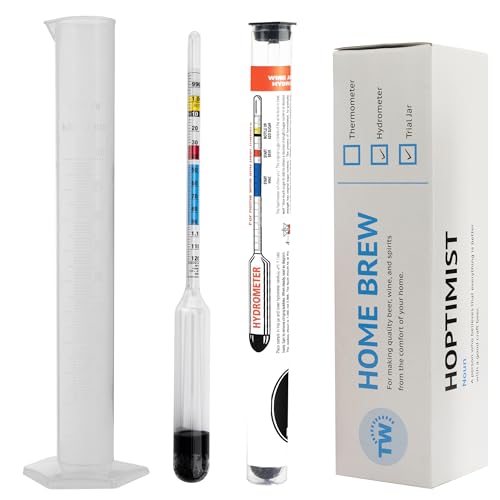I might convert one of my old fermenting bins to a heat then, all I need to do is fit an element. And the good part about that will be I can control the water heater up to the degree as I made a controller , just a plug lead which goes into a project box and inside is a rheostat that then goes to a trailing plug socket, plug the water heater into it and constant water at what ever you choose ))
I was looking to buy a 5 gallon container for the mash tub but thinking about it would I be better with say a 3 gallon or a box like yours as then I can use the heater bucket to supply then sparge.
I just saw the sparge you made on YouTube so as I know you use it I know it will work, the one on youtube was plastic but copper a far better option and I can make easily.
Is the boiling pot 23 litres or do you top up with water afterwards....or would that be a no no?
I was looking to buy a 5 gallon container for the mash tub but thinking about it would I be better with say a 3 gallon or a box like yours as then I can use the heater bucket to supply then sparge.
I just saw the sparge you made on YouTube so as I know you use it I know it will work, the one on youtube was plastic but copper a far better option and I can make easily.
Is the boiling pot 23 litres or do you top up with water afterwards....or would that be a no no?









































